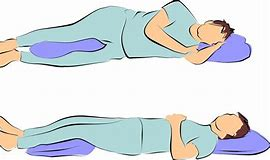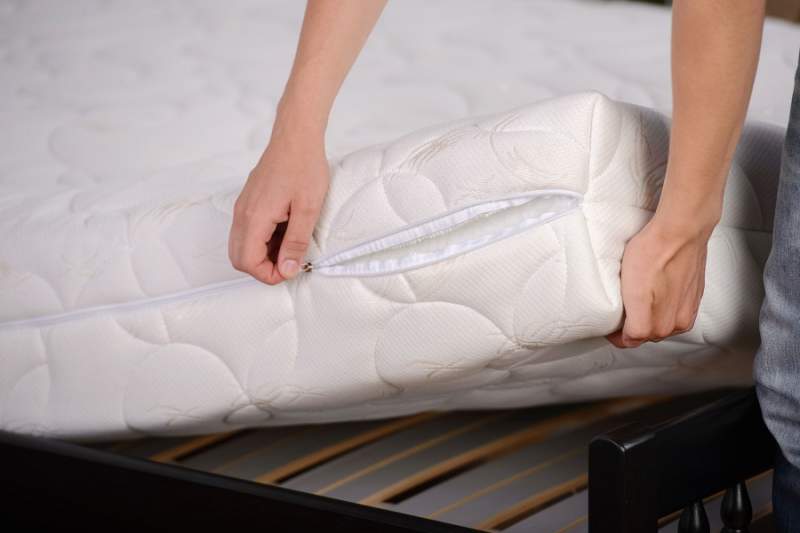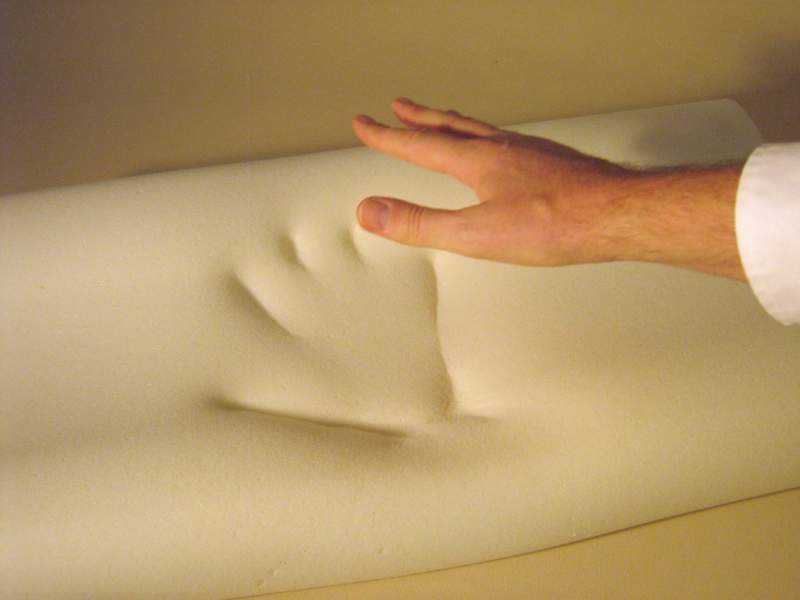The best sleeping positions
What are the best sleep positions?
Everyone is an individual and we all have our own preferences some for health reasons some may because of the environment.
Some people don’t like facing the window only because the early morning light shining in your face as this means it’s time to get out of my warm comfortable bed and get up for work .
Suffer from a bad back and sciatica down both legs I have recently looked into which is the best position to sleep in, there is a lot of advice out there but they all more or less say the same thing it does not matter if you don’t have back problems the positions are advisable for everyone.
Sleeping on your Back is recommended by all medical experts and Health Organisations place a pillow under your knees This action lowers the arch in your back and relives pressure in a few minutes.
If sleeping on your back is not for you and you sleep on your side then use a supportive pillow under your knees or in-between your Legs add a small pillow or rolled up towel under the small of your back for extra comfort.
A lot of advice out there all same the same about sleeping on your stomach is not good for your back as this puts pressure on your spine and can twist the muscles in your spine.
If you find the sleeping on your stomach is the only way you can sleep try a pillow under your pelvis and lower abdomen, avoid using a pillow for your head if it puts your neck and back in a strained position.
*Some people with lower disc bulges could benefit from sleeping as if they were on a massage table by using a aeroplane pillow flat on the bed looking straight down, this stops your head and neck twisting.
Aid to a good night sleep with lower back pain is to apply heat 20 min before bed as this helps the muscles to relax. There is several ways of doing this a warm hot bath, a shower or apply heat direct to the area via a hot water bottles, heat pad or some form of warming muscle rub or spray.
Don’t stay in bed too long as this can cause muscle stiffness and increased back pain. Try some gentle soothing exercise by laying on your back and brining your knees up and on your chest slowly, if you cannot do this with both legs try one at a time hold then relax and put them back down. You can also move slowly side to side when legs are on your chest.
Do not do any exercise if you experience any pain











